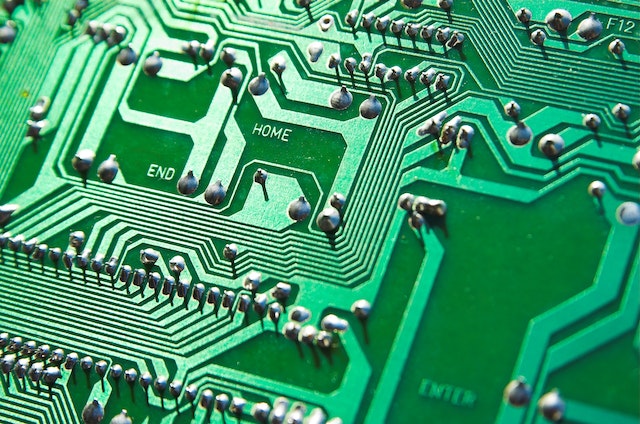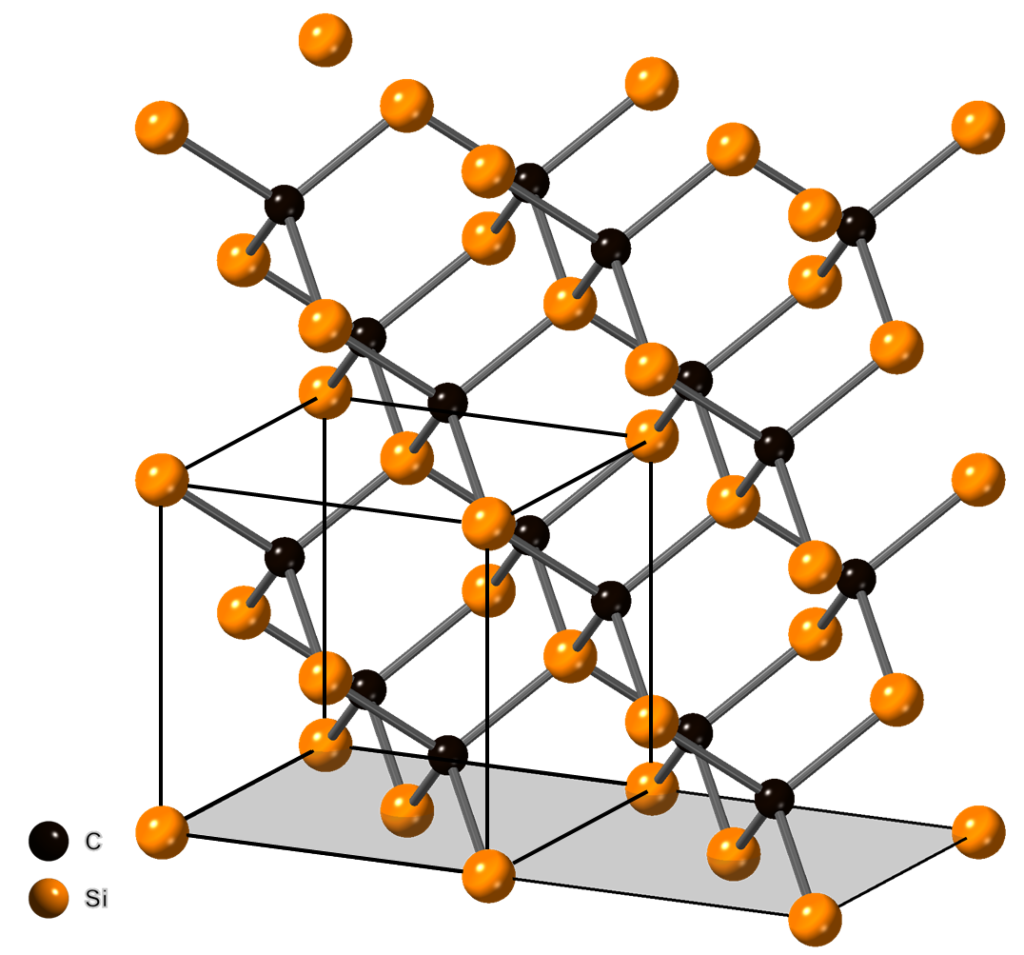Understanding the Role of Germanium in Optoelectronic Devices
The complex and intriguing nature of Germanium, a quartet semiconductor material, has sparked rigorous exploration due to its distinct characteristics that position it as perfect for optoelectronic contrivances. Its impressive refractive index coupled with transparency in the almost-infrared range has catapulted germanium into being a favored choice for integrated photonics.

Germanium-centered photonic platforms have an undeniable edge over their traditional silicon-based counterparts. To illustrate, germanium light emitters function at room temperature while maintaining low energy expenditure – an ideal trait for embedding within large-scale electronic circuits.
Optoelectronic devices can see their performance heightened through the application of tension strain on germanium elements such as nanowires and waveguides. This strained version of germanium showcases augmented direct bandgap emission which proves advantageous for optical applications like photodetectors and Light Emitting Diodes (LEDs). Additionally, integrating strained germanium within an optical waveguide structure inside a photonic circuit could potentially amplify light emission efficiency without compromising compatibility with current fabrication procedures.
An auspicious development is the integration of geranium-centric components directly onto silicon chips to create hybrid integrated circuits combining both photonics and electronics. This monolithic integration approach not only trims down device size but also enhances signal processing speed while curbing power loss during transmission – key considerations in elevating overall system performance whilst reducing energy usage. Furthermore, advancements in crafting high-grade Ge nanowire structures pave new paths towards optimizing device design aiming at achieving superior opto-electrical attributes without sacrificing manufacturability or affordability.
“Exploring the Optical Properties of Germanium Nanowire”
The element Germanium (Ge) has indeed risen to a promising stature in the realm of optoelectronics, owing to its distinctive optical properties. It is the direct bandgap that positions it as an exceptional light source – an integral part of photonic integrated circuits. Furthermore, germanium’s harmonious relationship with silicon photonics amplifies its potential for incorporation into diverse optoelectronic inventions such as lasers and photodetectors.

A primary allure of germanium rests on its capacity for nanoscale manipulation via monolithic integration techniques. Such methods facilitate meticulous control over germanium’s optical traits, inclusive but not limited to wavelength modulation and light emission competencies. By infusing tensile strain into the semiconductor material during production stages, researchers can elevate these characteristics even further significantly. The strained Ge subsequently showcases improved efficacy whether as a waveguide or modulator within any given integrated circuit.
Current studies revolving around Germanium Nanowire are paving fresh paths towards progress in CMOS technology alongside on-chip systems design. When engineers tap into superior attributes presented by germanium-based semiconductors, they can establish highly potent photonic platforms capable of swift data transmission rates while demanding less power compared to those constructed from alternative materials. Beyond this, exploitating Germanium Nanowire also brings forth possibilities for devising pioneering devices that could potentially bring about revolution across domains stretching from communication networks all the way up to healthcare diagnostics equipment.
“Enhancing Photonic Platforms with Germanium-Based Integrated Circuits”
As we delve into the intricate world of photonics and electronics, it’s impossible to overlook the influential role germanium-based integrated circuits are beginning to play. Germanium, a crucial player in Group IV photonics, has distinct qualities that amplify photonic platforms’ efficiency. Its indirect bandgap marks it as an exemplary light source with low power consumption – perfect for optical interconnects. Further enhancing its value is germanium nanowire’s ability to be manufactured through vapor deposition at lower temperatures onto Si substrates.
Germanium’s integration into photonic devices like optical waveguides or optoelectronic equipment such as germanium photodetectors has created a ripple effect on integrated photonics’ landscape. This amalgamation brings about improved performance coupled with reduced power consumption – two attributes highly sought after in our energy-conscious society today. The invention of strained germanium technology only adds another feather to its cap by increasing light emission efficiency, thus making them even more valuable for high-performance applications.
Peering into the future shows an encouraging outlook as exploration continues towards advanced methods of integrating germanity within Si photonics architectures. Opportunities abound not merely in enriching existing technologies but also venturing into uncharted territories such as constructing a groundbreaking germanium waveguide that could potentially alter how we perceive integrated photonics design and manufacturing processes. Furthermore, strides made in this area could possibly give rise to more condensed and effective photonic integrated circuits or perhaps entirely novel categories of photonic apparatus based on Group IV elements like silicon and germanium.
“Strained Germanium for High-Performance Light Emission”
In the realm of silicon photonics, an intriguing development has unfolded – the employment of intensely strained germanium. This breakthrough has monumentally boosted the functionality and productivity of optoelectronic machinery. Our centrepiece is a semiconductor material that parades distinct optical properties, setting itself as an unsurpassed candidate for unification on silicon-dependent platforms. The limelight shines particularly bright in areas such as mid-infrared photonics and integrated photonic circuits.
The strained germanium exhibits energy expenditure rates far superior to its counterparts – a crucial attribute in our ecologically-aware society today.
An interesting twist presents itself when we delve into applications revolving around strained germanium. There’s this unique trait where it assumes the role of a luminous emitter or what we refer to as ‘germanium light’. Exploiting this characteristic paves way for crafting efficient Germanium photodetectors and even lasers based on Germanium! These components occupy essential spaces within contemporary optical communication systems which necessitate high-velocity data transfer with minimum loss.
Adding another layer of complexity, doped germanium fortifies these optoelectronic attributes further thereby propelling device performance up a notch!
Recently at an assembly dedicated to group IV photonics, attention gravitated towards research honing in on Ge-based photonic platforms. A standout was undoubtedly an enlightening discourse shedding light on a fresh platform stemming from Silicon and Germanium marrying together; featuring groundbreaking Germanium waveguide photodetector woven into silicon-germanianum structures.
This vanguard advancement threatens to transfigure silicon photonic devices by delivering sturdy solutions for flawless integration with pre-existing technologies whilst concurrently unlocking new potential pathways leading us towards future expansion within this fascinating field.
“Monolithic Integration of Germanium in Photonics and Electronics”
In the ever-evolving realm of photonics and electronics, Germanium integration has undergone impressive strides forward, notably in the development of germanium-based lasers. The employment of a germanium laser bestows an apparent enhancement to electronic and photonic applications, owing much to its distinctive optical attributes. These properties are further amplified when employed on a platform of Germanium-on-SOI (Silicon-On-Insulator), thus birthing high-performance gadgets apt for diverse photonic uses.
A noteworthy contributor towards enhancing these devices’ performance has been strained Germanium nanowires. Strained Germanium is celebrated for its remarkable light emission capabilities, which prove critical for Si Photonic systems. Its knack for modifying induced reactions on natural Germanium marks it as an indispensable tool in silicon photonics technology’s evolution. In addition, bulk and epitaxial forms of Germanium have begun displaying encouraging signs due to their low-loss traits pivotal for efficient CMOS Photonics systems.
The recent IEEE International Electron Devices Meeting shed light upon research that exhibited how metal oxide semiconductor field effect transistors (MOSFETs), when amalgamated with tensile-strained Germanium, could significantly amplify device performance. This examination underscored that this blend not only heightens overall efficiency but also aids in diminishing energy consumption – a crucial aspect considering our current epoch’s escalating need for sustainable technologies. Moreover, potential application domains extend beyond conventional electronics into burgeoning arenas like quantum computing and advanced optics – thereby truly reaffirming why monolithic integration continues leading the charge in photonics research.







Comments are closed.